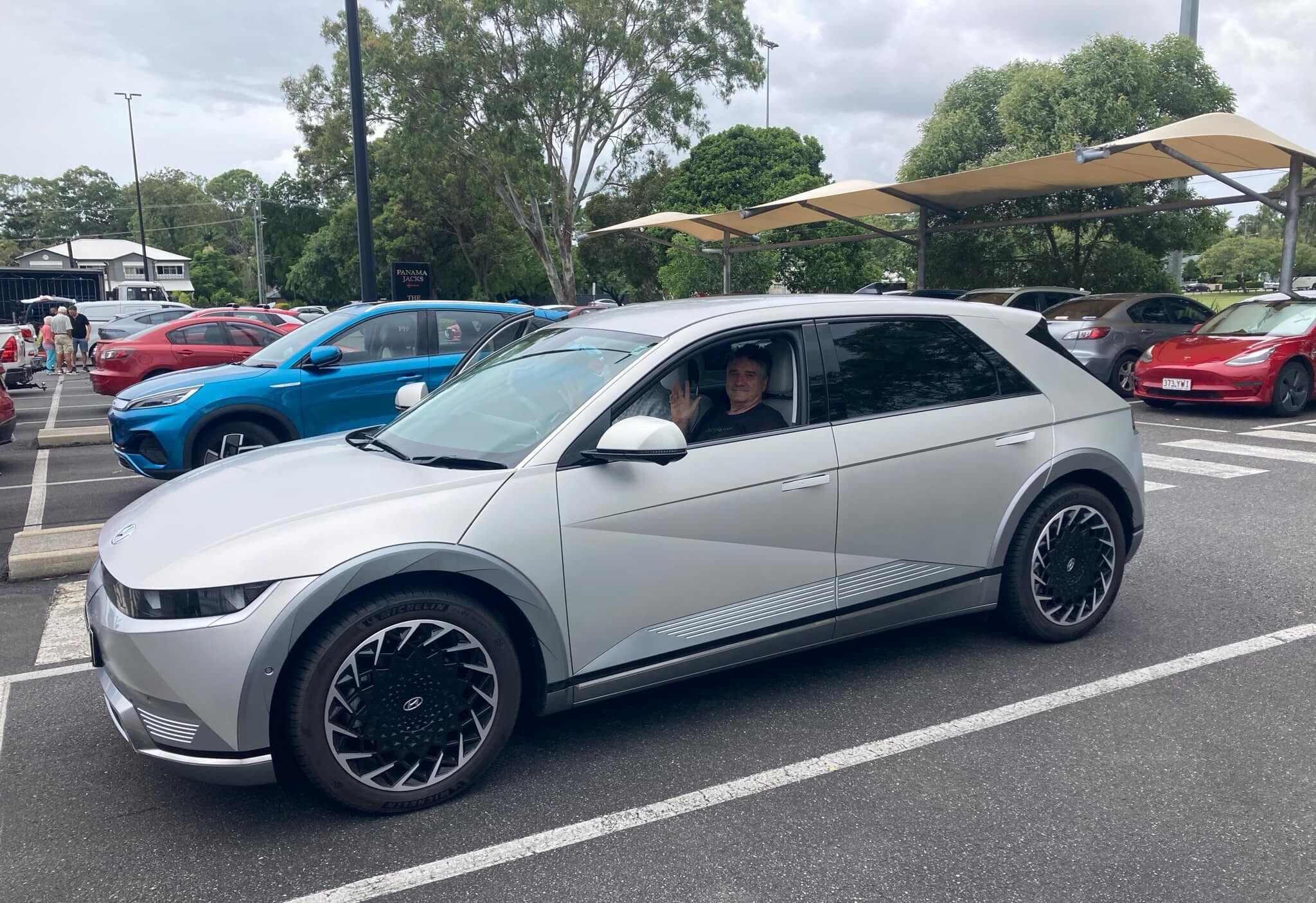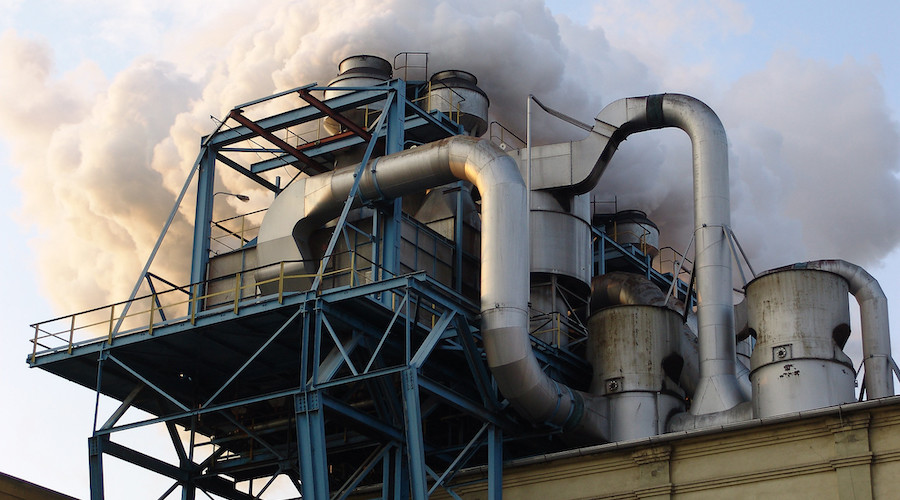Flow Batteries For Electric Vehicles?


The idea of installing big bulky flow batteries in electric vehicles has been slowing creeping out of the lab and onto the streets, only without the bigness and bulkiness. One of the firms making that happen is the Chicago-based startup Influit Energy, which spun out of Illinois Tech. The company has ambitious plans to expand its workforce and lab space, and it is apparently eyeballing Austin, Texas for its next big move. That could be…interesting!
Texas Hearts Electric Vehicles
Strange as it may seem, the iconic oil-producing state of Texas is on a tear when the topic turns to electric vehicles.
If you’re thinking Tesla, that’s a good guess, but that’s just one thing.
ERCOT, the agency that manages all but a small section of the Texas grid, is in a unique position because it cannot trade electricity with other jurisdictions, aside from a relatively minor arrangement with Mexico. That makes ERCOT especially sensitive to new technologies and new opportunities.
“As an independent entity that counts innovation-friendly rural electric cooperatives under its umbrella, ERCOT can be an agile platform for adapting to new energy technology,” CleanTechnica observed back in 2020. “The organization can also lean on new research at the University of Texas and other leading state-based institutions, which means that Texas pops up regularly on the CleanTechnica radar.”
ERCOT has been planning for an EV future for the past 10 years or more. The agency correctly anticipates that electric vehicles — which are mobile energy storage units, after all — can be deployed to smooth out spikes in demand on a grid-scale basis, by coordinating charging times in the form of a virtual power plant. ERCOT has been collaborating with the firm ev.energy on a virtual power plant project.
Another fast-growing clean tech firm setting up shop in Texas is Octopus Energy. Earlier this summer, the company launched a new leasing plan for electric vehicles aimed at accelerating EV adoption in Texas.
Then there’s the pickup truck factor, namely, Ford’s popular F-150 Lightning electric pickup truck. Early adopters have been deploying their electrified pickups for backup power as the Texas grid suffers through one extreme weather event after another, which adds even more weight to the case for electric vehicles.
Planning Ahead For An EV Future
ERCOT has also been focusing on the renewable energy transition. In October of 2020, the agency hooked up with something called the Global Power System Transformation Consortium. The G-PST consortium aims at overcoming obstacles to integrating more renewables into the grid, and of course EVs play a big part in that effort.
Collaborating on the G-PST platform with ERCOT are other heavy hitters on the global grid operator scene including the Australia Energy Market Operator, National Grid Electricity System Operator UK, California Independent System Operator, Ireland’s System Operator, and Denmark’s System Operator, along with many other operators in markets all over the world including Africa, Asia, Eastern Europe, and Latin America, and a raft of institutional technology partners, too.
Workforce Development In Texas: It’s Complicated
So, this is where it gets interesting, because no mention of Texas is complete without a mention of Republican Governor Greg Abbott, and his Republican allies in the state legislature, who have been front and center in the effort to reduce everyone with a uterus to the status of a government-owned and community-policed vessel for procreation.
Texas enacted new restrictions on abortion access last fall, ahead of the Dobbs anti-abortion decision handed down by all six Republican-appointed Justices on the US Supreme Court last June.
The Dobbs decision kicked the abortion access ball back to Texas and the other states. Texas is not the only state in which predominantly Republican, white, male policymakers have jumped at the opportunity to repress the uterus-owning population, but it is a state that has been working hard to carve out a new clean tech profile for itself and attract new clean tech jobs.
Texas Vs. Illinois For The Flow Battery Of The Future
The full impact of the Dobbs decision on clean tech workforce development in Texas and other anti-abortion states has yet to surface, but as early as last fall Forbes magazine was among those raising red flags.
Last month, Bloomberg Law also raised an issue that should make employers think twice about doing business inTexas.
“The threat of abortion-related legal liability in Texas has raised hard-to-answer questions about companies’ plans to help employees travel for out-of-state procedures — including how much sensitive employee information a company could be forced to disclose in court,” Bloomberg Law reported.
Meanwhile, a substantial number of US states continue to affirm that pregnant people have the right to manage their own pregnancies as they see fit. Among those is Illinois, the home state of Influit Energy.
So, how serious is Influit Energy about picking up stakes and moving from Chicago to Texas?
We’re guessing not very serious, at least not until Texas elects new policy makers who respect the right of pregnancy management.
Influit is casting about for more lab space to take its EV-friendly flow battery to the next level, which means it is also planning to grow its workforce. If they choose to relocate to Texas, that’s on them.
Illinois Tech appears to be rooting for the company to stay put. Last week the school published an article recapping Influit’s work over a period spanning more than 10 years, in which this observation appeared:
“As contracts continue to accumulate, the company is hiring new scientists and is actively seeking to expand its square footage—from 2,100 square feet to 20,000—through the acquisition of a new lab space. Where the lab will be located remains to be seen. The co-founders hope to stay in Chicago, but say they are also considering opportunities in Austin, Texas.”
More Flow Batteries For More Electric Vehicles
As for Influit’s flow battery technology for electric vehicles, the company crossed the CleanTechnica radar last December, when we took note of its “nanotechnology-based functional liquids, or nanofluids, that enable powerful solutions for a variety of energy challenges.”
Flow batteries leverage the ability of specialized liquids in motion to generate electricity. The technology is not new, but initial formulations were large, bulky affairs. Innovators like Influit have been working on bringing the scale down, raising the efficiency, and cutting costs.
Influit’s contribution to the field is a nanoparticle formulation that overcomes the sticky obstacle of substances settling in a solution.
“Unlike other flow batteries, Influit does not dissolve anything. Rather we suspend battery nanoparticles in a base fluid. They never settle and are completely unsupported,” Influit explains.
As for the all-important charging time, Influit’s flow battery system is rechargeable in about the same time it takes to fill a gas tank. The charging station, such as it is, can be sized to fit in the back of a pickup truck, providing the new battery with an additional mobility benefit.
Influit has already attracted attention — and funding — from DARPA, the US Air Force, and NASA. The company is currently working under an Air Force small business program to introduce a next-generation version of is nanofluid format, so stay tuned for more on that.
Follow me on Twitter @TinaMCasey.
Image: Flow battery for electric vehicles and other uses courtesy of Influit.
Appreciate CleanTechnica’s originality and cleantech news coverage? Consider becoming a CleanTechnica Member, Supporter, Technician, or Ambassador — or a patron on Patreon.
Don’t want to miss a cleantech story? Sign up for daily news updates from CleanTechnica on email. Or follow us on Google News!
Have a tip for CleanTechnica, want to advertise, or want to suggest a guest for our CleanTech Talk podcast? Contact us here.
Advertisement
This post has been syndicated from a third-party source. View the original article here.




